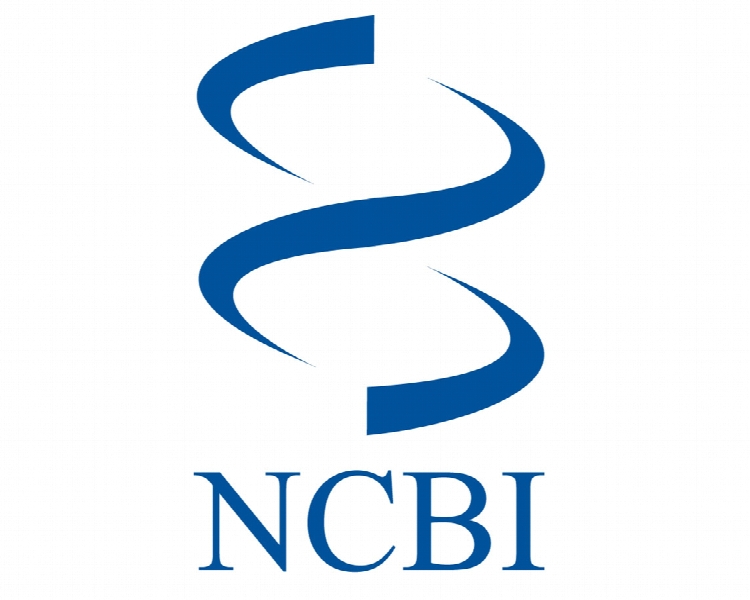ترجیحات مصرف کنندگان برای برچسب زدن آلرژن مواد غذایی Consumer preferences for food allergen labeling
- نوع فایل : کتاب
- زبان : انگلیسی
- ناشر : NCBI
- چاپ و سال / کشور: 2018
توضیحات
رشته های مرتبط مدیریت و اقتصاد
گرایش های مرتبط مدیریت مالی
مجله آلرژی، آسم و ایمونولوژی بالینی – Allergy
دانشگاه Faculty of Pharmaceutical Sciences – University of British Columbia – Canada
منتشر شده در نشریه NCBI
کلمات کلیدی انگلیسی Immune system diseases, Hypersensitivity, Hypersensitivity, immediate, Food hypersensitivity, Public health, Health planning, Health services research, Social control, Formal policy, Humans
گرایش های مرتبط مدیریت مالی
مجله آلرژی، آسم و ایمونولوژی بالینی – Allergy
دانشگاه Faculty of Pharmaceutical Sciences – University of British Columbia – Canada
منتشر شده در نشریه NCBI
کلمات کلیدی انگلیسی Immune system diseases, Hypersensitivity, Hypersensitivity, immediate, Food hypersensitivity, Public health, Health planning, Health services research, Social control, Formal policy, Humans
Description
Background Food allergy (FA) is a public health issue gaining worldwide attention [1–9]. While the overall prevalence of food allergy has been estimated to be approximately 7%, only 3–4% of adults and 5–6% of children have received a physician-confirmed food allergy diagnosis [10–12]. A metaanalysis published in 2007 suggested that the prevalence of food allergy ranges from 3 to 35%, and one Australian study suggested that more than 10% of 1 year olds had a challenge-proven egg allergy [1, 13]. This wide range is a reflection of the varying definition of food allergy (i.e. self-report versus a requirement for symptoms compatible with an IgE-mediated reaction and confirmatory testing), non-reporting of incidents, and respondent bias [1, 14]. Studies suggest that food allergens are the primary cause of anaphylaxis [15–19]. There are about 7% of Canadians with food allergies—among all Canadian children, 1.7% specifically have peanut allergies [14], of which 90% have experienced a severe reaction [14]. A number of US studies have suggested that the incidence of anaphylaxis is increasing and is perhaps as high as 49.8 per 100,000 person-years [15, 20–24]. Additionally, within the last decade, US hospitalizations secondary to food-induced anaphylaxis increased by 350% [25]. Similarly, a study by Ben-Shoshan et al. has revealed that in at least one emergency department in Quebec, Canada, the rate of emergency department visits for anaphylaxis doubled over a 4 year period [26]. There is no cure for food allergy and, thus, strict avoidance of allergenic foods is paramount in symptom prevention [7]. Food allergen labeling is an internationally recognized risk management tool and regulatory policies are being developed to lower food allergen exposure risk for individuals with food allergies [7]. In 2008, the Canadian Minister of Health announced new labeling requirements for food allergens and intolerances contained in pre-packaged foods. A regulatory update was released in August 2012 noting the requirement to list all food allergens, gluten sources, and sulphites in the ingredient lists or in a precautionary statement [27]. Despite the increasing public health concern surrounding food allergies and the recent update in Canadian food allergen labeling regulations, there is scarce information regarding the best way to present allergen information to consumers [28]. Knowledge about consumers’ use of allergen labels may inform regulatory agencies about the appropriate packaging of foods and design of food labels to reduce risk of exposure to food allergens [29–33]. The objective of this study was to use a stated choice experiment to evaluate Canadians’ preferences for different types of food allergen-related information on food labels, and to determine if there are differences in preferences across different types of respondents.


